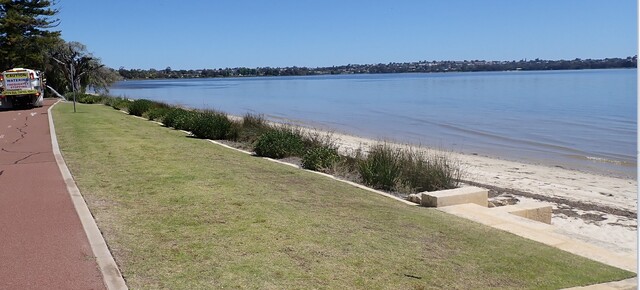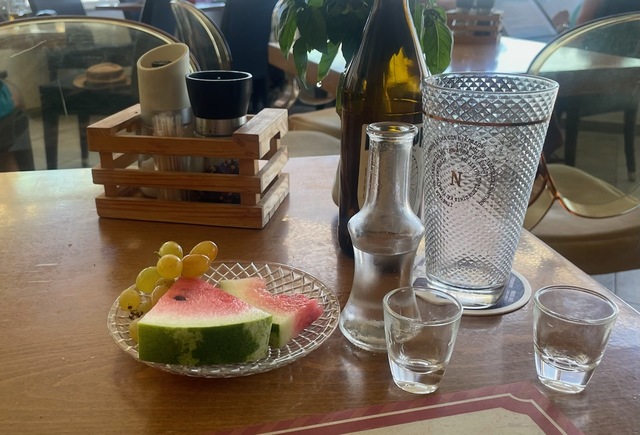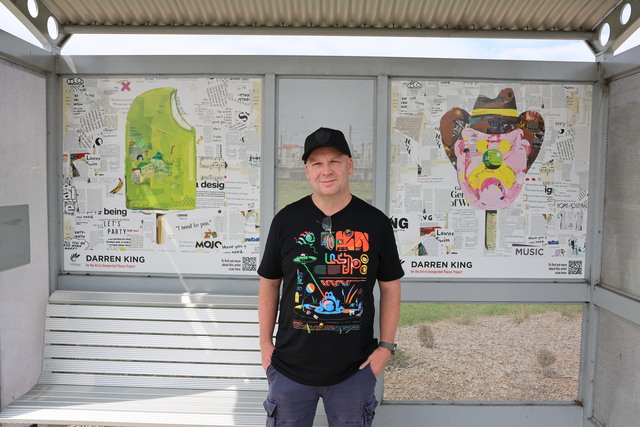I’m writing this five weeks out from the July federal election, and the policy offerings of the major parties haven’t enthused. In my circle, the mood is indifference. Turnbull has been reduced to a shadow of his former self, while Bill Shorten is performing well. But it’s pretty lacklustre. The only Good Oil is that Independents – such as Xenophon, McGowan and Windsor – will be the conscience of the next Parliament.
So, my mind drifts to tourism issues.
Uluru
Friends visited Uluru recently and were NOT happy about the high cost of accommodation and food. This reinforces other reports, so it’s not surprising to read that Uluru is the most expensive place to stay in Australia. This is regrettable, because it leaves bad memories, especially for international tourists.
The problem seems to be a combination of (i) a remote location, (ii) a demand-supply problem due to the Indigenous Land Corporation (ILC) controlling development and (iii) the ILC presumably recouping losses stemming from paying $300 million for the Ayers Rock resort at Uluru. The overnight tariffs are therefore in the $350-500 per night range. The other option is back-packer type accommodation.
The resort owners obviously aren’t interested in repeat business. But it’s sad when an iconic tourism facility becomes a grim reminder of management mistakes.
Cruise ships
To contrast the Uluru example, one of my mates has just returned from a cruise to Asia. He said it was great, and that the only boring bit was the four-five day Sydney-Darwin leg. So he rested up with a book and a bottle of gin.
The cost was $110/day. He was impressed with Saigon, wants to return, and refuses to call it by its correct name.
Small town tourism
Another approach to attracting tourists is to deliver a tourism experience in a small town setting: a field with huge potential.
To explain, many small towns in Australia lack a point of difference. Don’t take this the wrong way, readers, but many are still developing, and therefore lack the history, streetscapes and energy of towns in, say, Europe.
And more importantly, the businesses haven’t switched onto servicing the needs of tourists.
For example, I was recently driving back to Canberra and decided to stop for a counter lunch, such as at the Lockhart pub. While this town was nowhere near Lockhart, it had been by-passed by the Hume Highway, so I figured it had found its mojo as a result. It was also in a prosperous sheep-beef area. I was thus salivating at the thought of roast beef with trimmings, washed down with a local red.
I also mused that the town was close enough to Canberra to attract international tourists seeking a Bush experience after alighting from the upcoming Singapore Airlines service.
So I imagined I was one such tourist. I strode into the bar looking for the blackboard menu. Four furtive pairs of eyes belonging to aged locals followed me. I was wearing a tie and coat – did they mistake me for an undercover cop? I did the right thing and ordered a Carlton. The barman explained that the meals area was through the door. I walked into a nest of trestle tables occupied by farmer-types silently masticating. The menu made no mention of succulent lamb or beef roasts. The highlight was the seafood platter. The pretty girl couldn’t explain the type of fish. Assuming it would be NZ Hoki, I chose the hamburger and chips. This would be a true Aussie experience for an international tourist, I mused. Well the plate was literally dropped in front of me. It resembled roadkill. I got up to find some cutlery and a serviette. The hamburger meat was quite good, but the lettuce wasn’t fresh, the roll was sodden and the chips were small and fat-encrusted.
After my meal I walked 50 metres to a coffee shop serving meals. I searched the window for the menu describing what I missed out on. No menu. So I walked in and took a menu from the bar top.
‘Can I help you?’ the woman asked. ‘Just looking, thanks,’ I replied. She stood for a full minute sizing me up.
I broke the tension. ‘Excuse me, but could I make a suggestion. There’s the prospect of a lot of Asian and European tourists coming this way shortly, and they are used to reading the menu in the window.’
‘Mary, there’s a bloke here wondering why there isn’t a menu in the window,’ she yelled over her shoulder.
A minute went by, and the owner strode up to straighten out this smart arse. ‘Well, we like to get them in here first, and then they can make their choice!’ she said with a steely glare.
‘But you won’t get them in here if they can’t see what’s on offer,’ I replied meekly. The damned tie is ruining my persona I thought, as I beat a hasty exit.
Small towns with verve
There are exceptions to the above. Small towns with vigour and verve do exist, and they invariably have a point of difference, viz.
Dunkeld (western Victoria) – the Royal Mail Hotel is going strong.
Yarragon (Gippsland) – its antiques, food and accommodation make it a natural stopover.
Bungendore (outside Canberra) – the Woodworks Gallery and upgrades of two pubs make it attractive.
Hahndorf (Adelaide Hills) – food and wine in a German setting is memorable.
The common success factors in every case are good food and wine, and cluey business owners who created a point of difference. This drew in visitors and created the verve. In each case, the geographic setting was pretty, but not extraordinary. And none required government support, tax cuts or lectures about innovation. The lesson? Find and nurture business people with verve. No textbooks there, I’m afraid.
Rod Brown is a Canberra-based consultant and lobbyist specialising in industry/regional development, investment attraction and clusters, and accessing federal grants. He also runs the Cockatoo Network.
Phone: (02) 6231 7261 or 0412 922 559
Email: apdcockatoo@iprimus.com.au
Blog: www.investmentinnovation.wordpress.com (750+articles)







